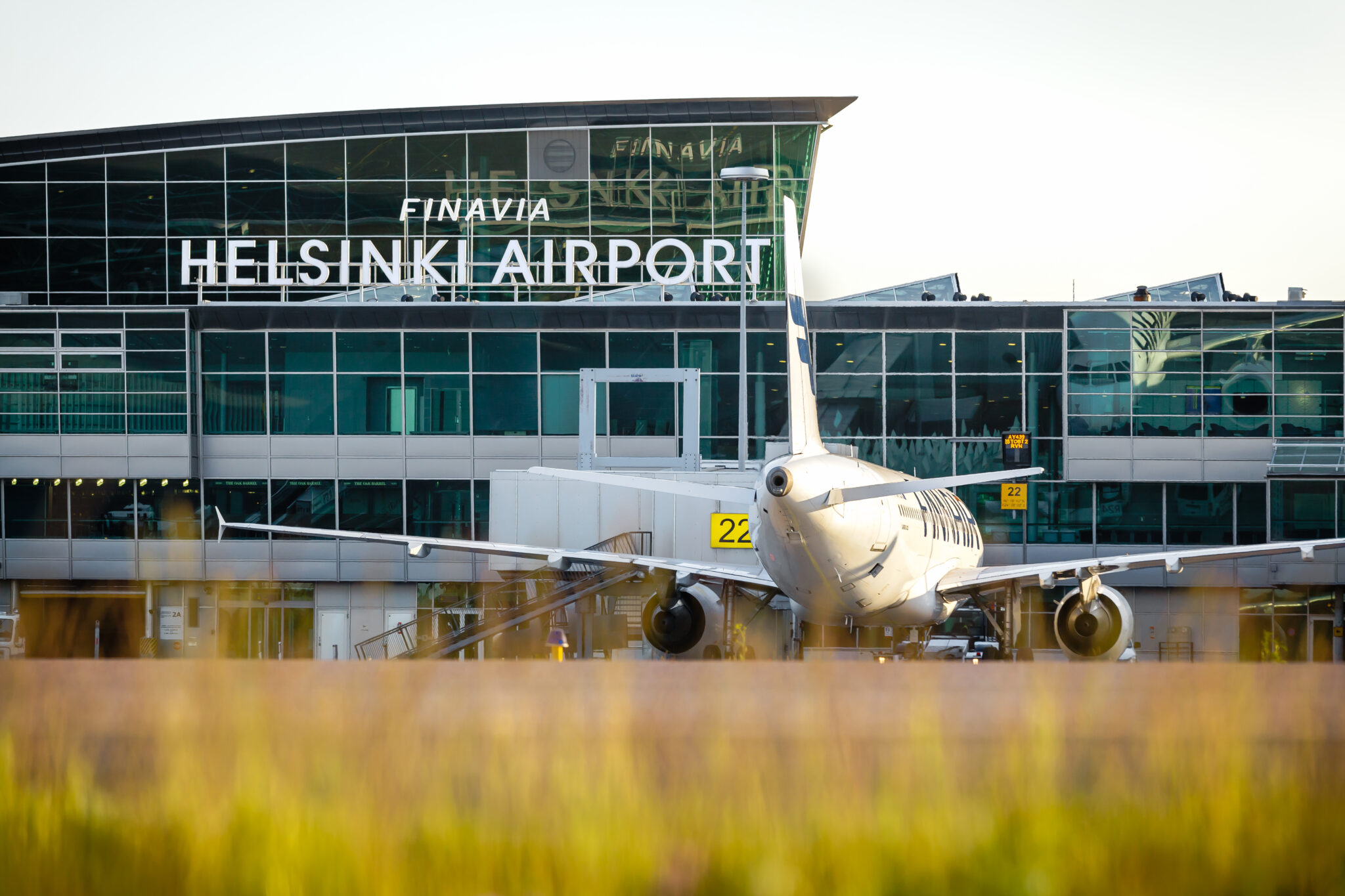NordenBladet — A total of 327,100 unemployed jobseekers were registered at the Employment and Economic Development Offices at the end of February. This was 79,000 more than a year earlier. The number of unemployed jobseekers was down by 5,700 from the previous month.
The number of unemployed jobseekers also includes those fully laid off. These figures are from the Employment Bulletin of the Ministry of Economic Affairs and Employment.At the end of February, the number of people laid off was 72,600 in the whole country; a year-on-year increase of 47,700. The number of people fully laid off totalled 55,700, representing an increase of 36,900 from February the year before. The number of people fully laid off decreased by 2,100 from January.The number of long-term unemployed — that is those who had been unemployed without interruption for at least a year — amounted to 96,100, up 32,900 on the previous year. The number of unemployed jobseekers aged over 50 was 120,000, representing an increase of 26,500 on the year before.
The number of unemployed jobseekers aged under 25 was 38,800, representing an increase of 9,100 from February last year. Among unemployed young people, the period of unemployment ended within three months on average in 51.7% of cases between January and February, which is 12.3 percentage points less than the year before.Increase in new vacanciesThe number of new vacancies reported to Employment and Economic Development Offices during February totalled 78,700, or 5,100 more than in February the previous year. In all, the number of unfilled vacancies at Employment and Economic Development Offices in February amounted to 160,600, showing a decrease of 3,900 from last year.At the end of February, the number of persons covered by services included in the activation rate amounted to 115,200, down 4,000 on the previous year. These services include pay subsidies, labour market training, work trials and self-motivated studies.Statistics Finland: Unemployment rate 8.1%According to the Labour Force Survey issued by Statistics Finland, in February the number of people in employment was 6,000 less than on the previous year. The employment rate was 70.0%, which was 0.2 percentage points lower than in February the year before. According to the Survey, the unemployment total was 220,000, which is 35,000 more than a year ago. The unemployment rate was 8.1%, or 1.2 percentage points higher than the previous year.Press release on the revision of the Labour Force Survey: https://www.stat.fi/til/tyti/tyti_2020-12-22_uut_001_en.html
Key differences between Employment Service Statistics and the Labour Force Survey
This information is based on the Ministry of Economic Affairs and Employment’s Employment Service Statistics and the Labour Force Survey of Statistics Finland. The Employment Service Statistics of the Ministry are compiled on the basis of the information in the Employment and Economic Development Offices’ customer register, while the Labour Force Survey of Statistics Finland is based on sampling.In the Ministry’s Employment Service Statistics, people that are not in an employment relationship or employed in business are listed as unemployed. Persons fully laid-off but not full-time students are also categorised as unemployed in the Employment Service Statistics. The Labour Force Survey of Statistics Finland has a stricter definition of being unemployed: a person is unemployed if he or she has actively sought employment during the preceding four weeks and is available for work over the coming two weeks. The figures of the Labour Force Survey of Statistics Finland are internationally comparable and thus they are the official Finnish unemployment statistics.Further information on the differences in the statistics https://tilastokeskus.fi/til/tyti/tyti_2019-09-13_men_001_en.html

